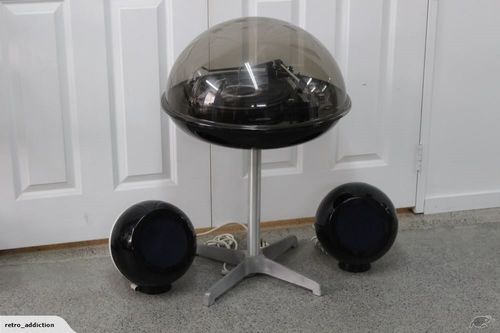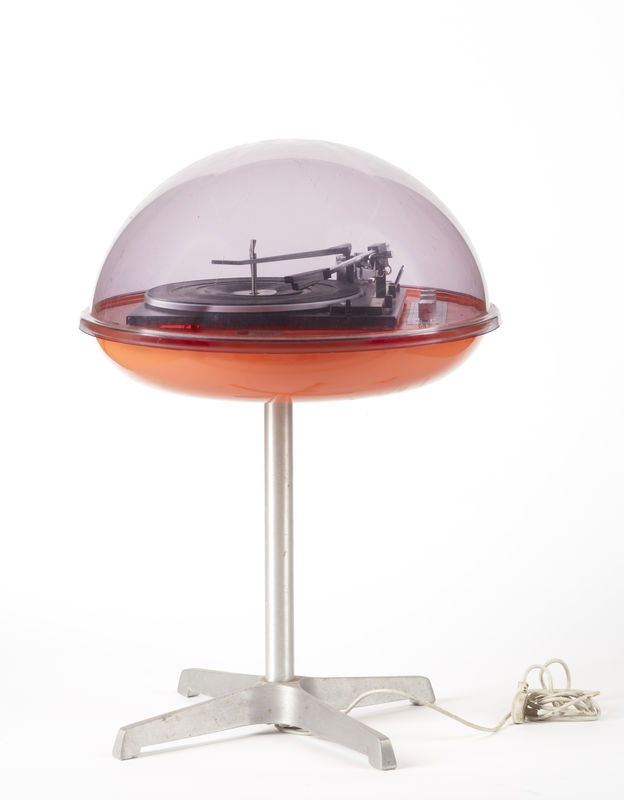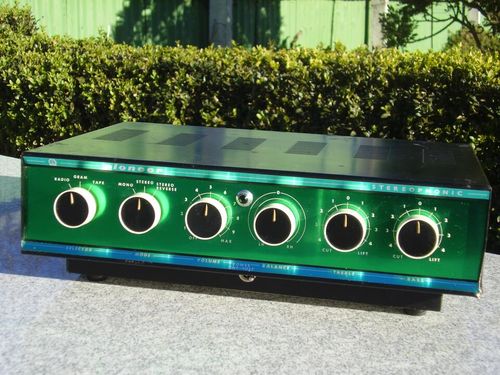This past summer, like every summer, many New Zealanders went to music festivals and parties and took recreational drugs. But at some events there was something unprecedented going on.
Wendy Allison, the pioneer of of event harm reduction in New Zealand, had some new kit.
I've interviewed Wendy before – anonymously in this 2015 story about going to ESR to get a pill tested (spoiler: it wasn't what it was supposed to be), then for the 'Partying Hard' episode of my From Zero podcast series for RNZ. She and her crew have been quietly testing substances since a night in 2014 when people around her at an event lapsed into "eight to 10 hour psychotic breaks" after taking something that was supposed to be MDMA. They've become expert at using and understanding the results from the reagent testing kits you can buy at your local head shop.
But last summer, the New Zealand Drug Foundation and the New Zealand Needle Exchange Programme clubbed together to buy a portable spectrometer, a briefcase-sized device which provides a more accurate and more comprehensive analysis of what's in a drug sample. The reagent kits are still part of the process (and can identify LSD, where the spectrometer is pretty hopeless), but the introduction of the spec was a big advance. Harm was prevented.
The work, conducted by volunteers, now happens under a new banner: Know Your Stuff.
But, as I note in a new story backgrounding the project in Matters of Substance, there's a really big problem here. All this is illegal.
Event promoters in particular face huge legal peril under Section 12 of the Misuse of Drugs Act if they "knowingly allow" controlled drugs to be consumed on a site they manage. The maximum penalty is 10 years imprisonment. There's also the likelihood of voiding their insurance.
My new story looks at what happened at one festival when Wendy spotted a problematic trend with drugs on site (powders being presented as MDMA which were actually cathinones). She was obliged to seek permission from the event manager to tell the onsite medical team about it. The manager readily gave the go-ahead. But he wasn't officially supposed to know any of this was happening. He took a significant risk in doing the right thing. It shouldn't be like this.
Another promoter I spoke to was emphatic that he would, too, have had Know Your Stuff on site but for the legal risk. He thinks its a good idea. So do Associate Health Minister Peter Dunne, emergency doctors and even, so far as the carefully-worded state ment I got can be parsed, do the Police. It's just the law that's the problem.
That law, as Dunne explained on Q+A this morning, is unlikely to be changed until the Misuse of Drugs Act is reviewed during the next Parliamentary term. That's disappointing – but at the same time it's encouraging thatwe've been spared the grandstanding by politicians and police that has infested this debate in Australia.
There was some good news in Know Your Stuff's results, which will be presented by Wendy at this week's Parliamentary Drug Law Symposium. Most notably, where Wendy's 2014-2015 testing found that most presumed LSD was actually the vastly more dangerous 25i-NBOMe (aka "N-Bomb"), last summer, the acid was really acid (that is, LSD, or the very similar ALD-52). MDMA was more likely to actually be MDMA too. But still, nearly a third of samples tested were not as presumed.
Even where unexpected substances aren't likely to present an acute risk of death or serious harm like NBOMe, knowledge gained from testing is relevant. The various cathinones, for instance, react badly with other drugs and are especially contraindicated with alcohol. So it's something that not only the medics, but the bar staff should know about. Even the harm-reduction counselling that's part of the checking process itself is valuable.
And there is the fact that, as Wendy points out every year, testing is an extremely effective way to enourage people not to use drugs. Last summer, two thirds of people told they didn't have what they thought they did chose not to take it.
I'm looking forward to hearing Wendy speak this week, but for now there's a new Pledge Me page where you can help to support Know Your Stuff's work. Even with volunteer labour, there is a cost to all this. And it may save lives.
Also: Today's Q+A report, featuring an anonymous young professional who find something really weird in his MDMA.
And: don't forget that you can also chip in a little to fund my reporting from the symposium.



